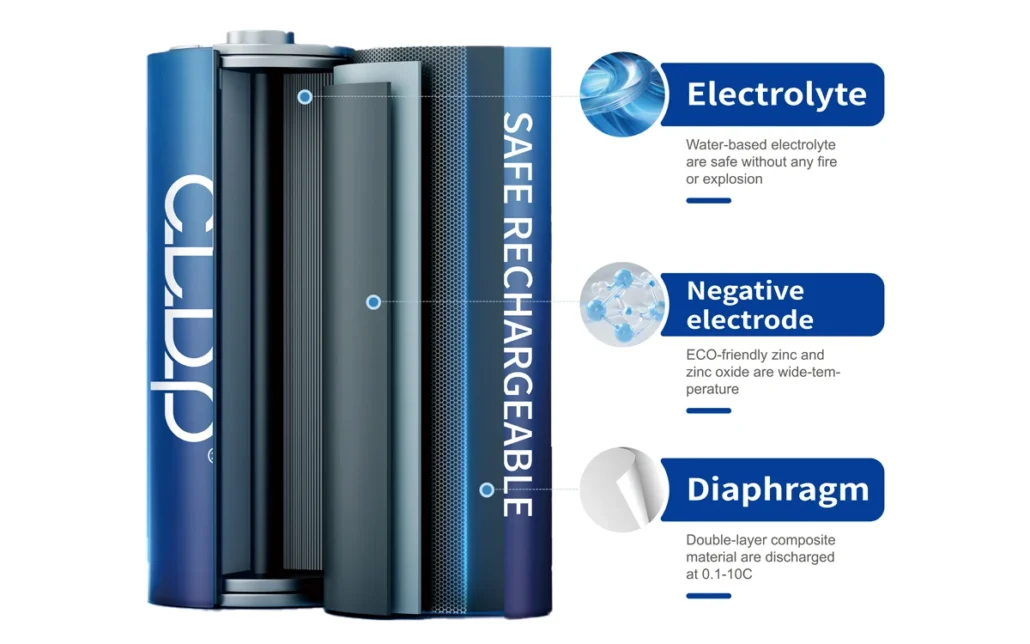1.5V and 1.2V rechargeable batteries are both commonly used batteries in life. Their main differences are their nominal voltage, chemical composition, use, and charge and discharge characteristics. Here are the specific descriptions of these differences:
Nominal voltage
1.5V battery: This type of battery has a nominal voltage of 1.5V. Usually alkaline batteries or disposable carbon-zinc batteries, and rechargeable constant voltage 1.5V lithium batteries.
1.2V battery: This type of battery has a nominal voltage of 1.2V. This type of battery mainly refers to rechargeable nickel-metal hydride (NiMH) batteries or nickel-cadmium (NiCd) batteries.

Chemical composition
1.5V battery: 1.5V rechargeable rechargeable usually refers to USB type rechargeable lithium battery, the chemical composition is mainly lithium ion, different manufacturers, the chemical combination of the battery will be different.
1.2V battery: Use nickel and metal hydride (NiMH) or nickel and cadmium (NiCd) as electrode materials.
Uses
1.5V batteries: widely used in applications that require higher voltages, such as remote controls, flashlights, toys, etc. Because they provide a higher voltage, they can provide better performance for some devices.
1.2V batteries: suitable for applications that do not require particularly high voltages, such as wireless mice, keyboards, etc. Because they are rechargeable, they are more environmentally friendly and economical.
Charge and discharge characteristics
1.5V battery: 1.5V lithium battery, because of the circuit board control, its output voltage can be maintained at 1.5V, but it will suddenly run out of power when the battery is exhausted.
1.2V battery: 1.2V NiMH battery is a curve step-down, which will not be fully discharged on many devices, and the charging time is relatively long.
Precautions
When choosing which type of battery to use, it is important to consider the requirements of the device. Some devices are designed to work at a specific voltage, so using the wrong voltage may cause the device to not work properly or be damaged. For example, using a 1.5V battery for a device designed to use a 1.2V battery may cause overvoltage problems, and vice versa, it may cause undervoltage problems. Therefore, when replacing batteries, always refer to the device’s manual to ensure that you are using the correct battery type.




